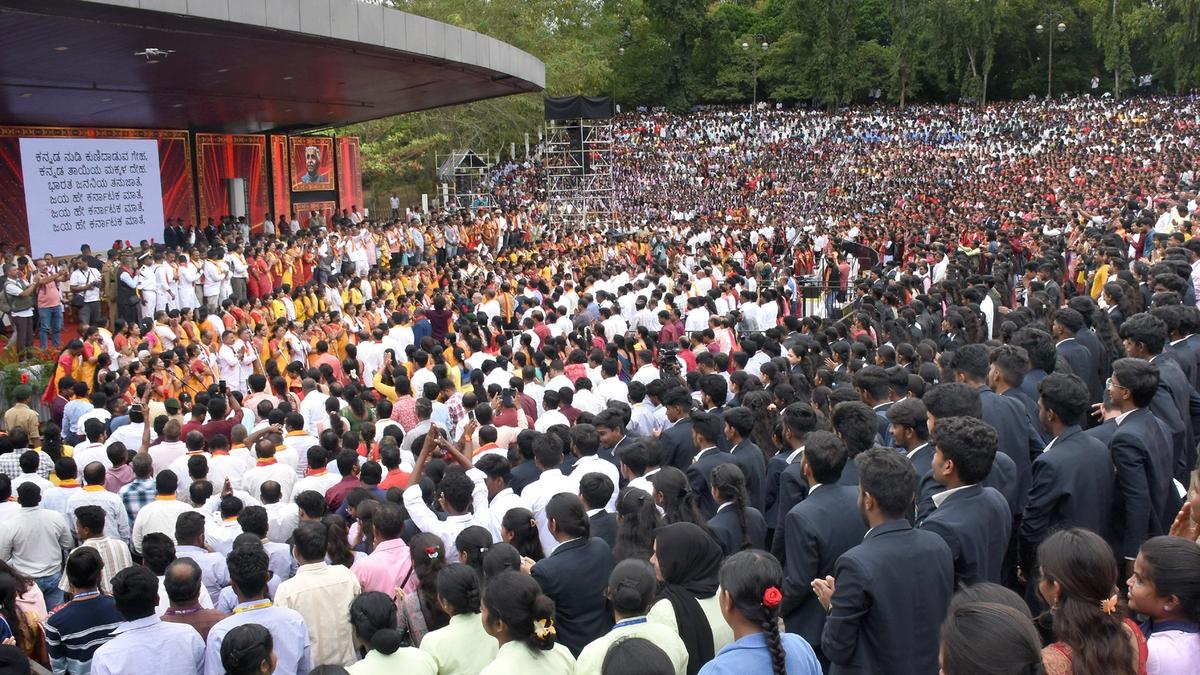By Zinal Dedhia
Copyright thecore

When a string of pilot deaths made headlines two years ago, the stories jolted public attention to a silent risk in aviation — fatigue. The tragedies sparked urgent conversations about whether India’s skies were safe enough for those flying them.Now, two years on, the Directorate General of Civil Aviation (DGCA) has introduced a Fatigue Risk Management System (FRMS). This data-driven system will use a software and also inputs from pilots to decide their fatigue levels. This is different from the existing Flight Duty Time Limitations (FDTL) rules that take into account the actual hours the pilot is flying, the timings of the flight and the hours of night time flying they are undertaking. Last week, India’s pilot union and the Directorate General of Civil Aviation (DGCA) clashed publicly over just how fatigue should be managed. At the heart of the storm is the new FRMS proposed by the regulator, a model that shifts responsibility to airlines to track and address crew tiredness through data and self-reporting. For pilots, the proposal felt like a betrayal — coming barely months after they had won a rare legal victory in court mandating stricter duty and rest rules. Why Are Pilots Pushing Back? “In the fatigue risk management system, what mechanisms do Air India and IndiGo have for managing this fatigue? They have no system,” Sam Thomas, president of Air Line Pilots’ Association (ALPA), told The Core. Pilots’ association argue that FRMS gives airlines too much freedom, undermining court-ordered limits on flight duty hours and weekly rest. The DGCA, on the other hand, the system is both modern and collaborative, pointing out that countries like New Zealand, Singapore, several in Europe and the UK, as well as carriers in South America, already have years of experience running FRMS. “Methods to track fatigue have to be decided by the airlines. It’s a software mixed with physical monitoring, jointly reviewed by a team including the airline and pilots. The FRMS is only a guiding circular,” Faiz Ahmed Kidwai, director general of DGCA told The Core. FRMS relies heavily on pilots honestly reporting whether they feel rested. Over time, this self-reporting is cross-checked against performance data and scientific models. But as Thomas points out, trust is central. “The airline has to ask the pilot, did they rest well, and the airline has to take their word 100% for that. But one cannot just say, ‘Now we have FRMS, now we will do what we want.’” Pilots’ association argue that India has skipped a step. Mature FRMS systems abroad were built over years of collaboration, with robust protections for fatigue reporting. In India, they fear FRMS could become a fig leaf to stretch duty rosters further But as airlines expand aggressively amid a shortage of trained crew, critics warn that trust—not technology—may be the missing piece in India’s cockpit. How The New System Works Globally, FRMS is not new. The International Civil Aviation Organisation (ICAO) encourages it as a data-based alternative to rigid duty hours. In theory, FRMS lets airlines plan pilot schedules smarter. Instead of just following fixed duty-hour rules, they can use software and scientific models to predict when pilots might be tired, and also listen to pilots’ own feedback. This way, schedules can be made safer for the crew while still keeping flights running on time. The question now is how such a framework would translate into the Indian context, where pilot fatigue is already a sensitive and contested issue. The regulator argues that FRMS does not replace FDTL; rather, it gives airlines a choice. “It’s up to the airline. We already have a CAR on FDTL. If you want FDTL, follow it. If you want FRMS, put the process in place,” Kidwai added. The FRMS draft is still under discussion, and its implementation timeline will depend on individual airlines. “Ultimately, the airlines will present their systems to us, and these will keep developing over time. It’s not a one-time thing—it is a dynamic system,” Kidwai added. For many pilots, the real worry is not the FRMS but the culture of India’s airlines. Reporting fatigue, they say, is often frowned upon—and in some cases, punished. “Air India and IndiGo have terminated people for reporting fatigue. So that is what we are objecting to,” Thomas said. This history colours how pilots view FRMS. If airlines already discourage fatigue reports, why should pilots trust them to design fatigue-monitoring systems? The Trust Deficit Aviation expert Manish Sinha sees the conflict as a breakdown of confidence. “Neither the regulator nor the association should have reached this level where they have lost confidence in each other. The very fact that you start coming out with new regulations is itself an admission that your earlier regulations were not up to the mark. Instead of fixing trust, we’re layering another system on top.” For Sinha, the deeper issue is India’s unbalanced aviation growth….



